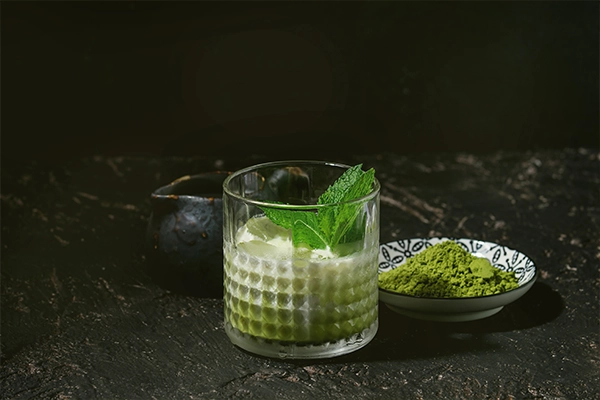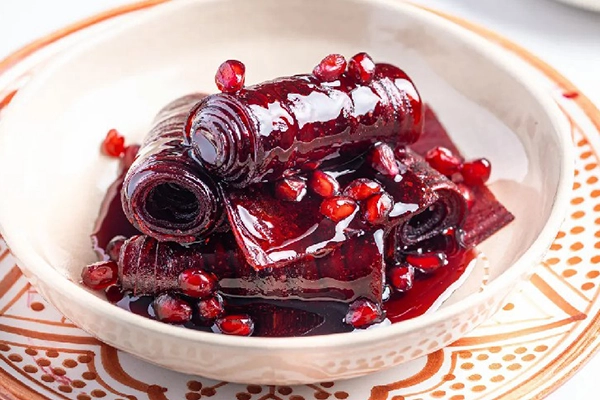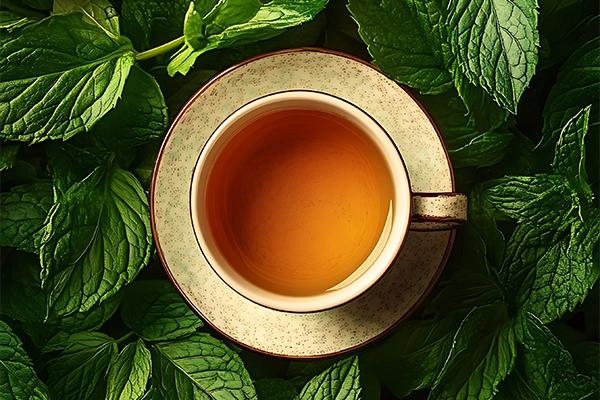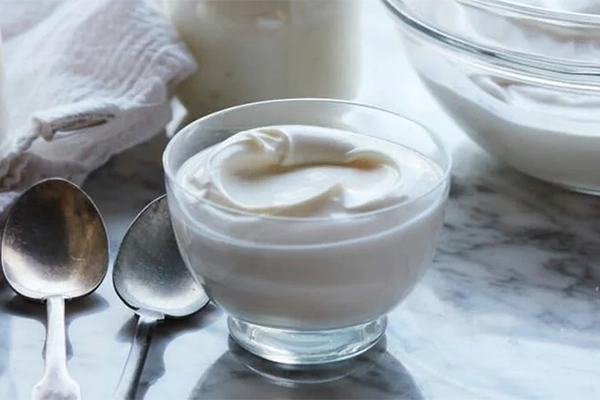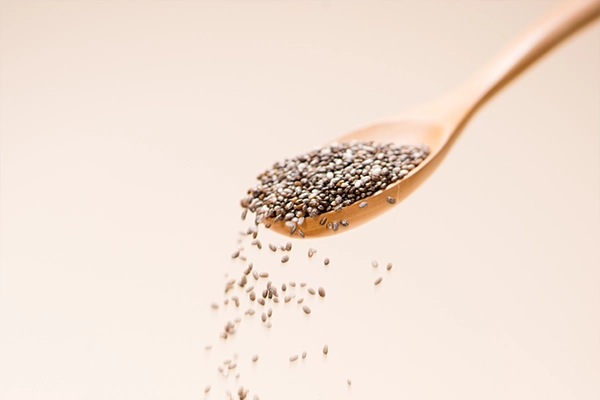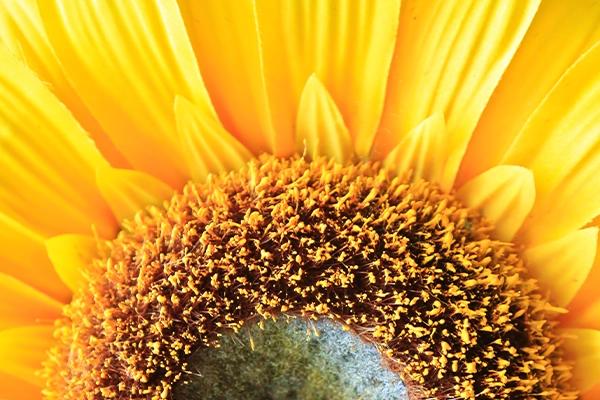Matcha tea is one of the popular and popular drinks that has been noticed due to its countless benefits. This powdered green tea, obtained by grinding tea leaves, holds a special place in Japanese culture. But what makes matcha tea better than regular tea? In this article, we will discuss the of matcha tea benefits, the of matcha tea side effects, and the matcha tea uses.
matcha tea benefits
Rich in antioxidants
Matcha tea is especially high in antioxidants such as catechins and EGCG (epigallocatechin gallate). These compounds help to fight free radicals in the body and prevent various diseases.
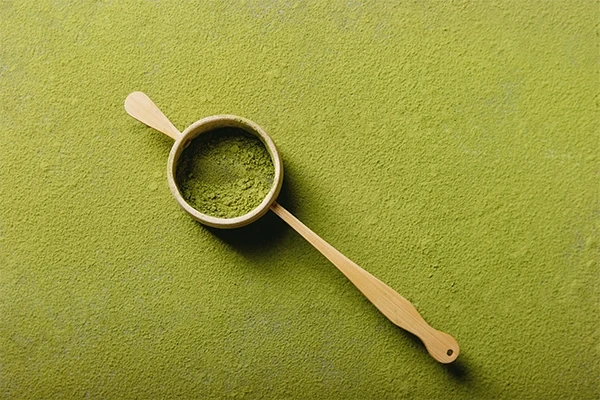
Increasing energy and alertness
Matcha tea helps to increase alertness and concentration due to its natural caffeine and its combination with L-theanine. This combination also creates stable energy that is gradually released throughout the day and prevents a sudden drop in energy.
Strengthening metabolism
Another of matcha tea benefits is to help increase the speed of metabolism. Drinking this tea can help you burn more calories and lose weight.
Improving cardiovascular health
Matcha tea can help reduce cholesterol levels and blood pressure, thereby improving cardiovascular health.
Cleansing the body
Due to the cultivation and production process, matcha tea contains more chlorophyll than regular tea. Chlorophyll helps cleanse the body of toxins and can help improve the functioning of the digestive system.
Matcha tea side effects
Despite all the of matcha tea benefits, consuming too much of it may come with some side effects. Some of these complications include:
– Anxiety and insomnia: Due to the high caffeine content, high consumption of matcha tea can lead to anxiety and insomnia.
Digestive disorders: Some people may react to consuming too much matcha tea and experience problems such as diarrhea or stomach ache.
– Interactions with medications: Matcha tea can interact with some medications, so it is better to consult your doctor before taking it regularly.
Matcha tea uses
Matcha tea can be used in many ways. It is traditionally consumed as a hot drink, but it can also be used in a variety of desserts, cakes, and even smoothies. Using tea in your daily diet can help you reap its benefits, but it is recommended to keep it in moderation to avoid side effects.
How to Brew Matcha Tea: Step by Step
Matcha tea has become one of the popular and useful drinks due to its countless benefits. To take full advantage of the of matcha tea benefits and experience a delightful taste, it is necessary to learn the correct way to brew it. In this article, how to brew matcha tea is explained step by step, along with tips for matcha tea uses and paying attention to its side effects.
Necessary materials:
1 to 2 teaspoons of matcha powder
60 to 100 ml of hot water (but not boiling, about 80°C)
Steps of brewing matcha tea:
Equipment Preparation: To brew matcha tea, you will need a small bowl and a matcha tea brush (choisan). If you don’t have this tool, you can use a regular spoon and a mixer.
- Sifting the matcha powder: pour the matcha powder into the bowl using a sieve or fine sieve. This makes the matcha powder without large pollens more uniform and dissolves better in water.
- Adding hot water: Slowly add hot water to the matcha powder. Make sure that the water is not poured directly on the matcha powder, but poured slowly and carefully to prevent the formation of powder lumps.
- Stirring the matcha powder: Using a matcha tea brush or stirrer, stir the powder slowly and in circular motions until it is completely dissolved and foamy and free of powder lumps. This step is very important to achieve the right taste and texture of matcha tea.
- Appetizing and drinking: Matcha tea is ready. You can pour it into a cup and drink slowly. If you wish, you can also use it to prepare various desserts and drinks.
The difference between matcha tea and regular tea
Matcha tea and regular tea are both from the green tea family, but the production methods and properties of each are significantly different. In this article, we will explore the key differences between matcha tea and regular tea, as well as the of matcha tea benefits, matcha tea side effects, and how to matcha tea uses.
1. Production and processing method
– Matcha tea: Matcha tea is made from fresh green tea leaves that are specially cultivated and grown in the shade. After harvesting, the leaves are steamed and then finely ground into a soft, green powder called matcha. This process ensures that all the components of the tea leaves remain in the matcha powder.
Ordinary tea: After harvesting, ordinary tea leaves (whether green, black or oolong) usually go through various processes, including oxidation (in black tea) and drying. In this method, the leaves are fully brewed and not powdered.
2. combinations and properties
– Macha tea: Since the whole tea leaves are used in matcha tea, this type of tea has a very high amount of antioxidants, vitamins and minerals. In particular, matcha tea is rich in EGCG (epigallocatechin gallate) and L-theanine, which help increase concentration and relaxation.
– Ordinary tea: In ordinary tea, most of the nutrients and antioxidants are lost during the brewing process, because only the extract of the leaves is extracted and the remaining substances remain in the leaves.
3. Amount of caffeine
– Macha tea: Due to the use of all the leaves, matcha tea has more caffeine than regular tea. This amount of caffeine can help boost energy and focus, but may not be suitable for people who are sensitive to caffeine.
– Regular tea: Regular tea usually has less caffeine than matcha because the caffeine is not completely released during the brewing process.
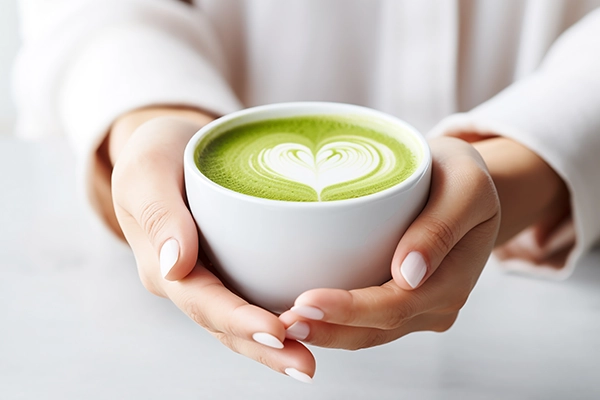
4. taste and texture
– Macha tea: Matcha tea has a strong and slightly sweet taste, and its texture is creamy and thick. These characteristics are due to the powder of matcha and the integrity of the tea leaves.
– Regular tea: The flavor of regular tea can vary and is generally lighter and simpler than matcha. The texture of regular tea is smoother and thinner.
5. How to use and application
– Macha tea: In addition to drinks, matcha powder can be used in the preparation of all kinds of desserts, smoothies and even food. The matcha tea uses is very versatile due to its powdery nature and can easily be added to different recipes.
– Ordinary tea: It is mostly used as a simple drink and is usually used in the brewing process for daily consumption.
Conclusion
The of matcha tea benefits are endless, including a high richness in antioxidants and sustained energy, significantly different from regular tea. However, matcha tea side effects such as anxiety or digestive problems should also be considered. Adding matcha tea to your diet can be especially beneficial, but it’s important to know how to brew it properly and consume it in moderation to reap its full benefits.
